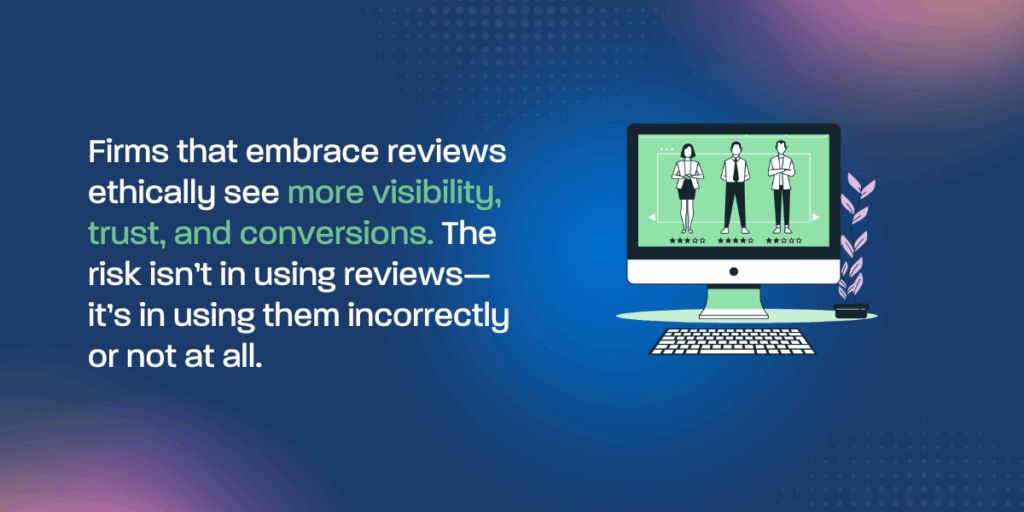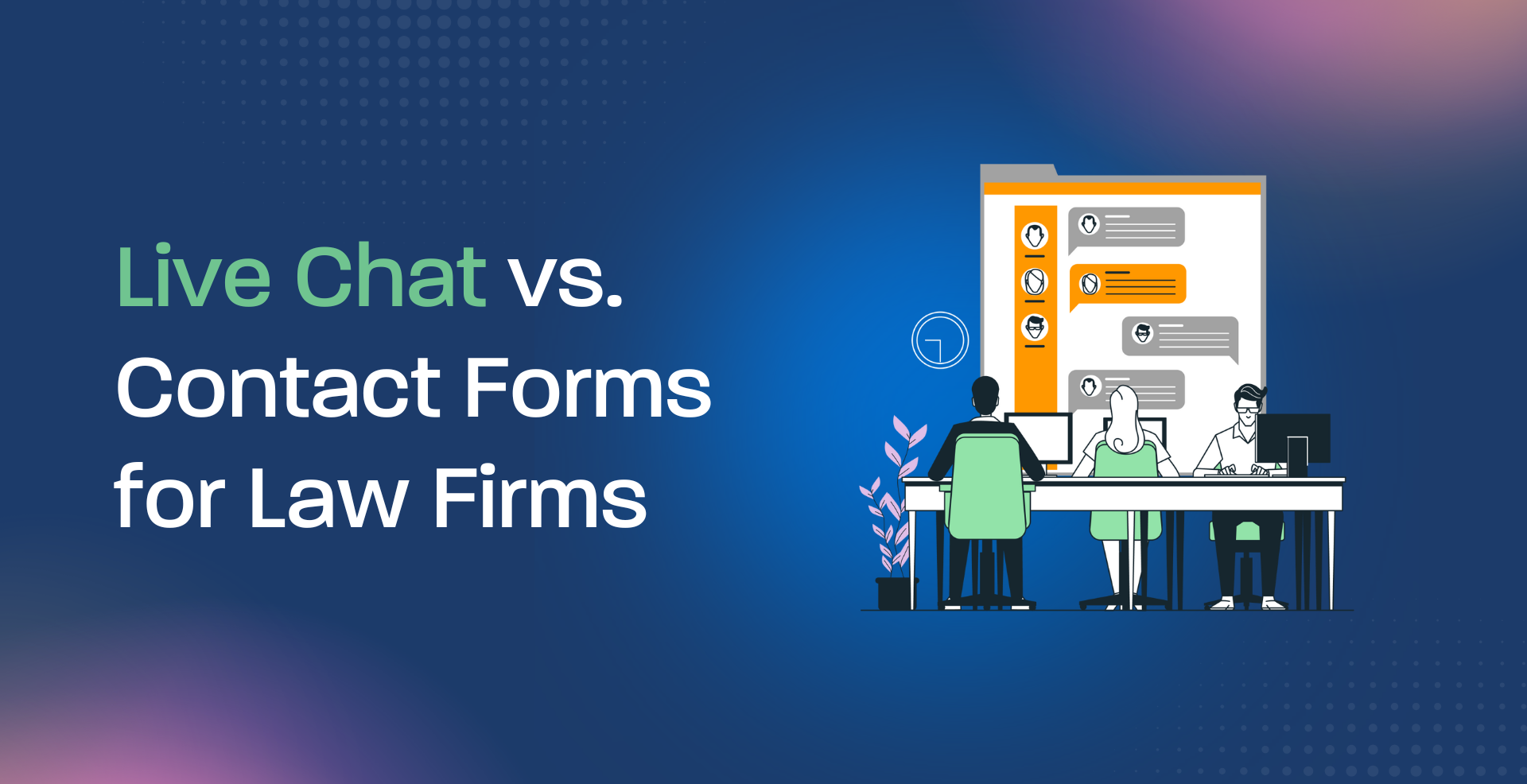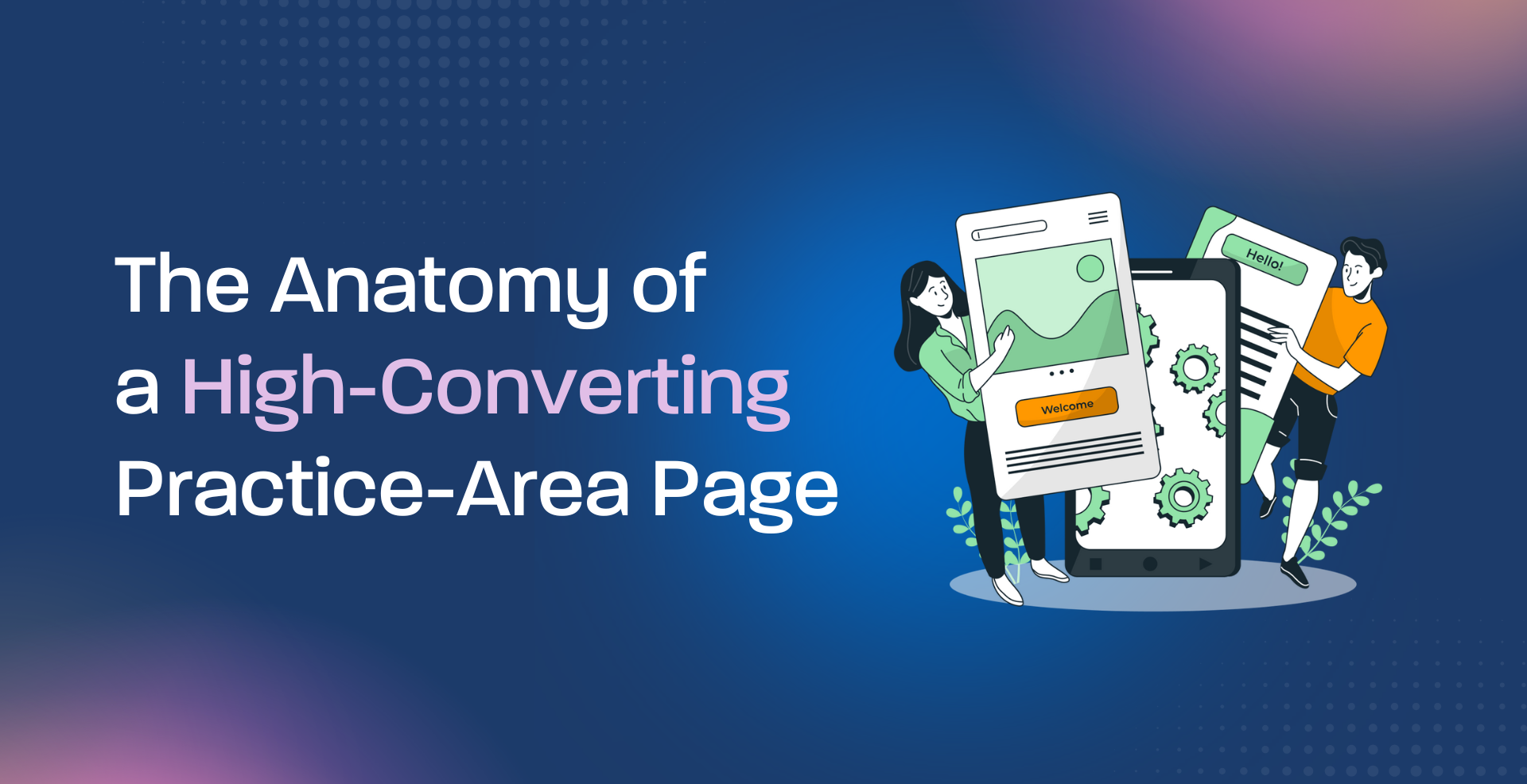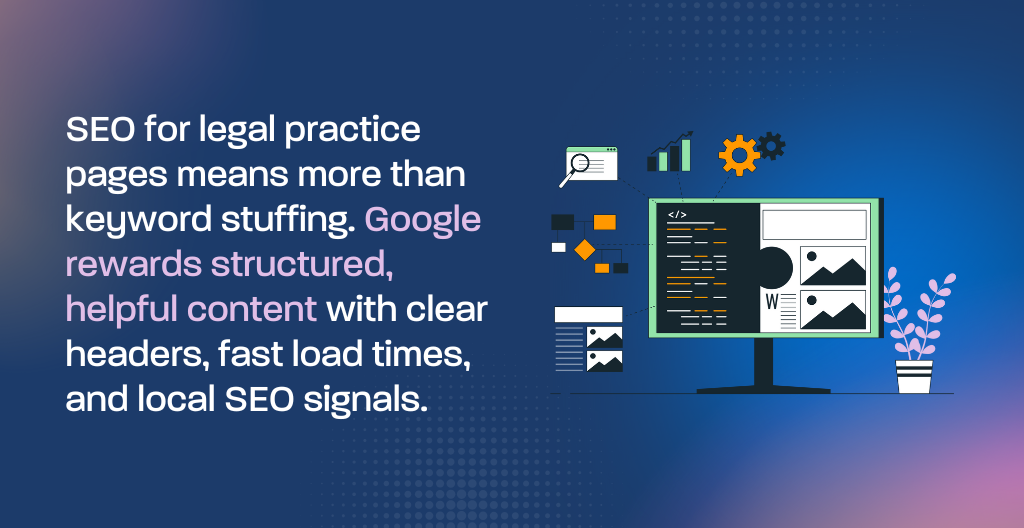Why Choosing the Right Intake UX Could Be Worth Six Figures
For law firms trying to capture more qualified leads, your website’s first conversion moment is make-or-break. And yet, many attorneys are still using clunky contact forms that repel more prospects than they convert.
Today’s prospects—especially personal injury, family law, and immigration clients—want answers fast. And that’s where live chat shines.
In this guide, we’ll unpack:
- How live chat and contact forms perform in real legal lead conversion.
- Which user experience (UX) builds more trust and fewer drop-offs?
- When each tool makes sense, and how to ethically use both under the bar rules.
If your law firm marketing already follows the strategy laid out in our Law-Firm Growth Blueprint, this is your deep dive into website intake UX, where split-second design decisions either convert six-figure cases or send them to your competitors.

Do Live Chats Convert More Leads Than Forms?
Short answer? In most cases, yes. Live chat typically boosts law firm lead conversion by 30–50% compared to static contact forms.
But it’s not just about volume. The real power lies in:
- Capturing prospects in the moment of need
- Providing immediate, human-like responses
- Pre-qualifying leads before they hit your intake team
When Contact Forms Still Win
That said, contact forms still have a place—especially for more complex legal matters where clients may want to compose their message carefully.
Here’s when forms outperform chat:
- When targeting B2B or corporate clients (e.g., M&A, business litigation)
- After-hours inquiries where chat is unavailable or poorly staffed
- When using intake form conversion best practices, like:
- Fewer fields
- Visible trust signals near submit button
- Mobile-first layout
UX Tips: How to Ethically Optimize Both
Regardless of your tool, the experience must build trust, especially under ABA rules.
For Chat:
- Use human-trained intake staff or advanced chatbots with disclaimers
- Always include: “This is not legal advice” + link to privacy policy
- Offer immediate next steps: “Schedule a consult” or “We’ll call you within 1 business day.”
For Forms:
- Add microcopy like: “We’ll respond within 1 business day.”
- Include a client review right next to the form
- Use law firm website contact form best practices

So Which Is Better?
It depends on your practice area, case type, and client psychology.
Hybrid setups win—embed chat on high-intent pages (like “free consult” or PI services) and keep smart forms for in-depth queries.
Want help choosing the right tool for your firm?
Book your Free 15-Minute Growth Audit, and we’ll review your entire intake UX—no pressure, no upsell.
Want a Professional Eye on Your Intake UX?
If your gut says your firm is ready to grow, but your intake process feels clunky, let’s fix it. At Geeks for Growth, we specialize in building ethical, conversion-optimized legal websites that attract the right clients.
Book a Free 15-Minute Growth Blueprint Audit
We’ll analyze your intake flow and show you what’s costing you qualified leads. Schedule Your Free Consult →
(Only 3 free slots per practice area per month.)



